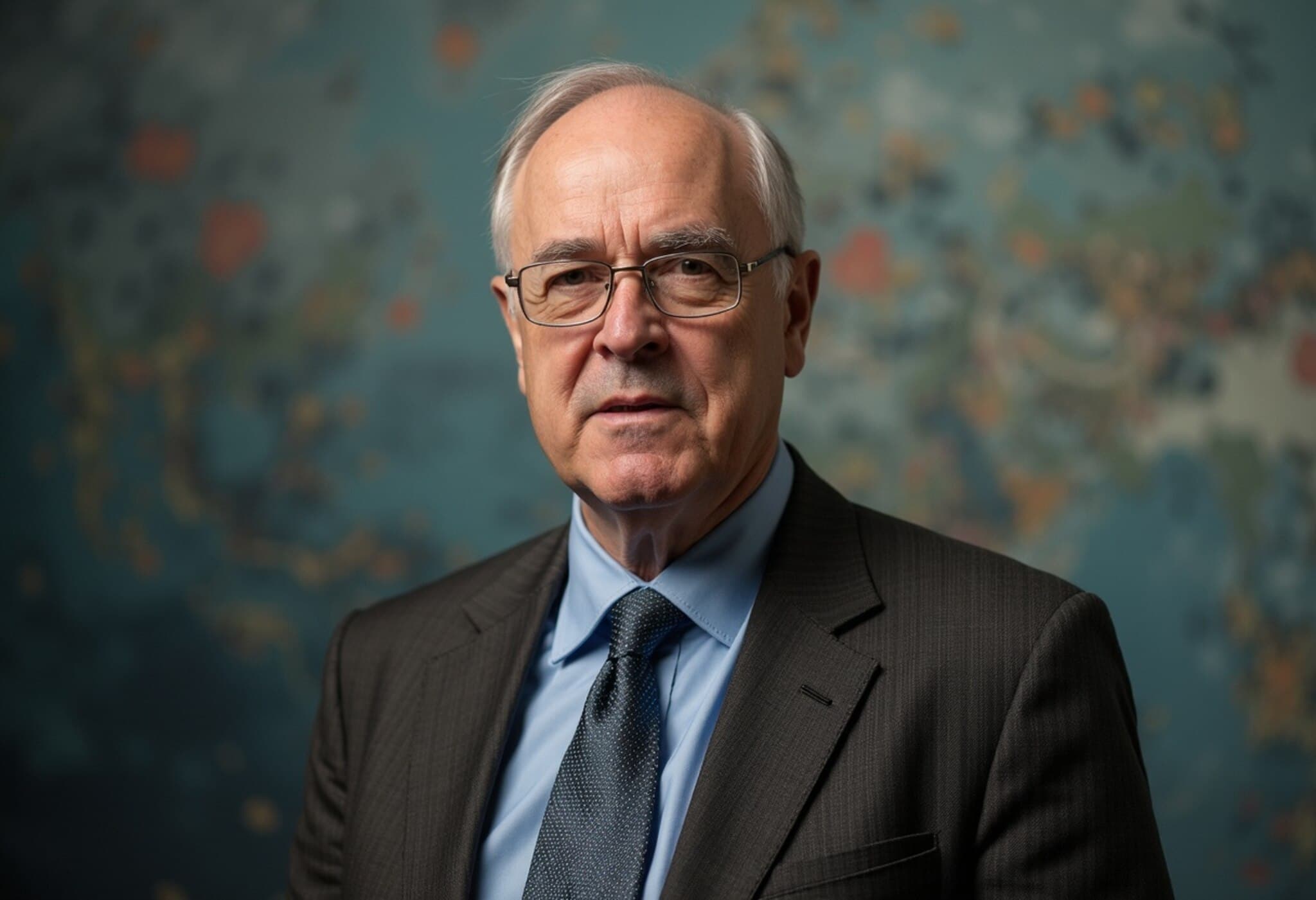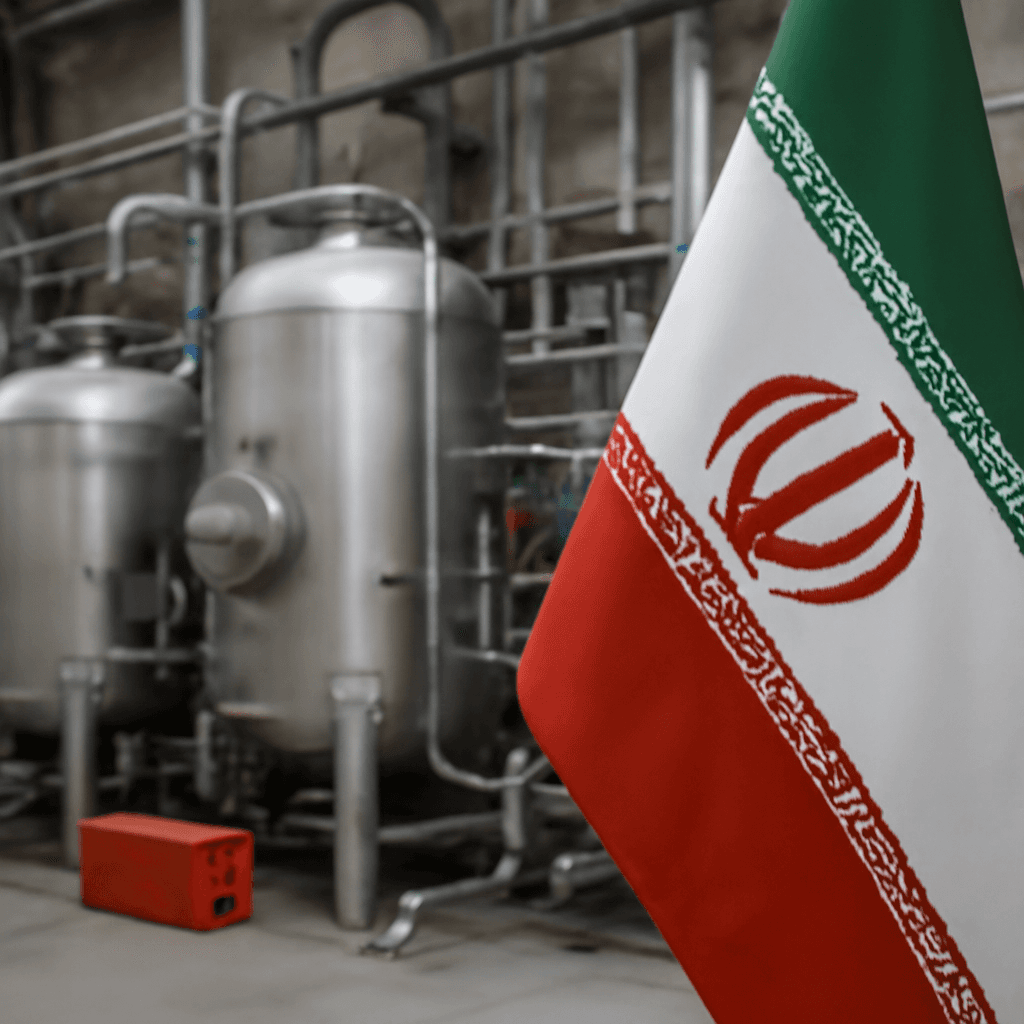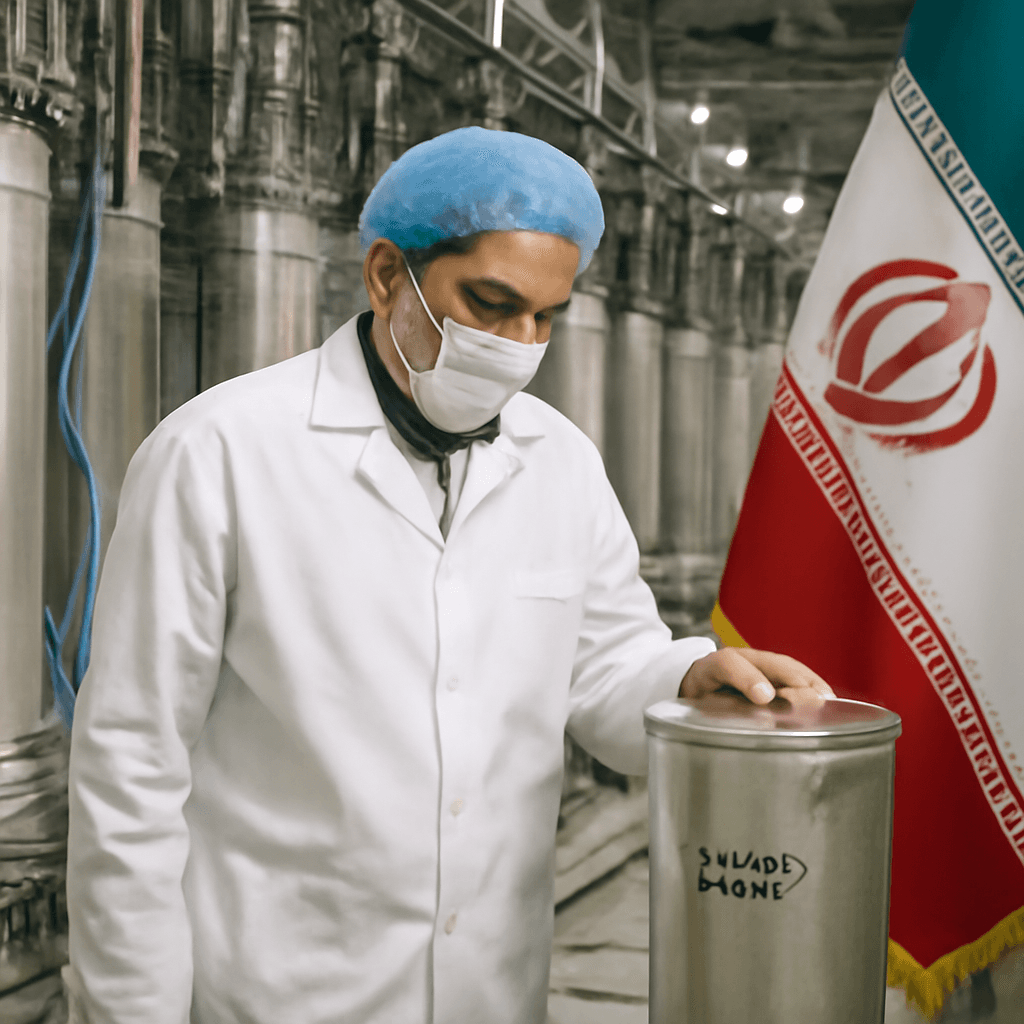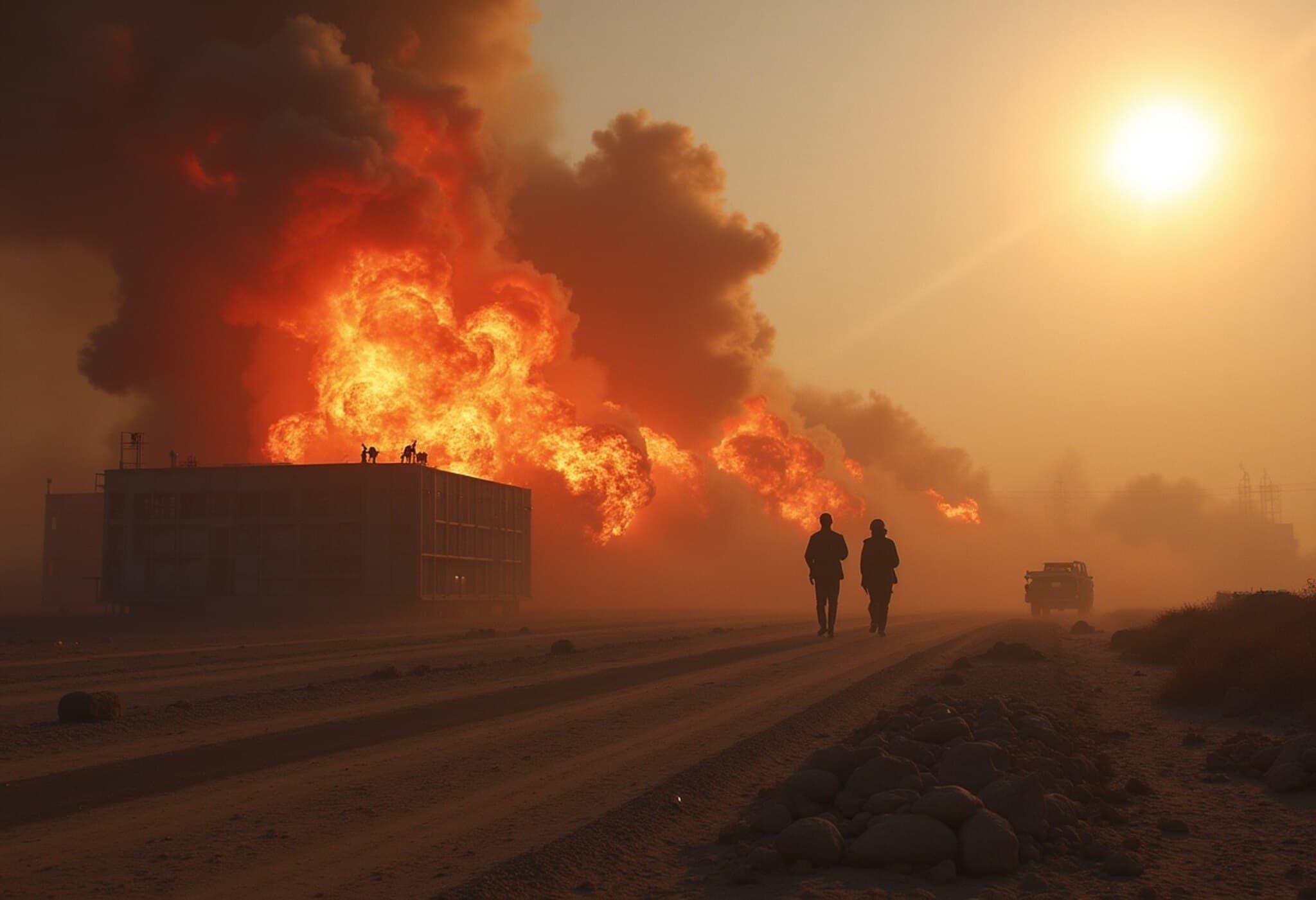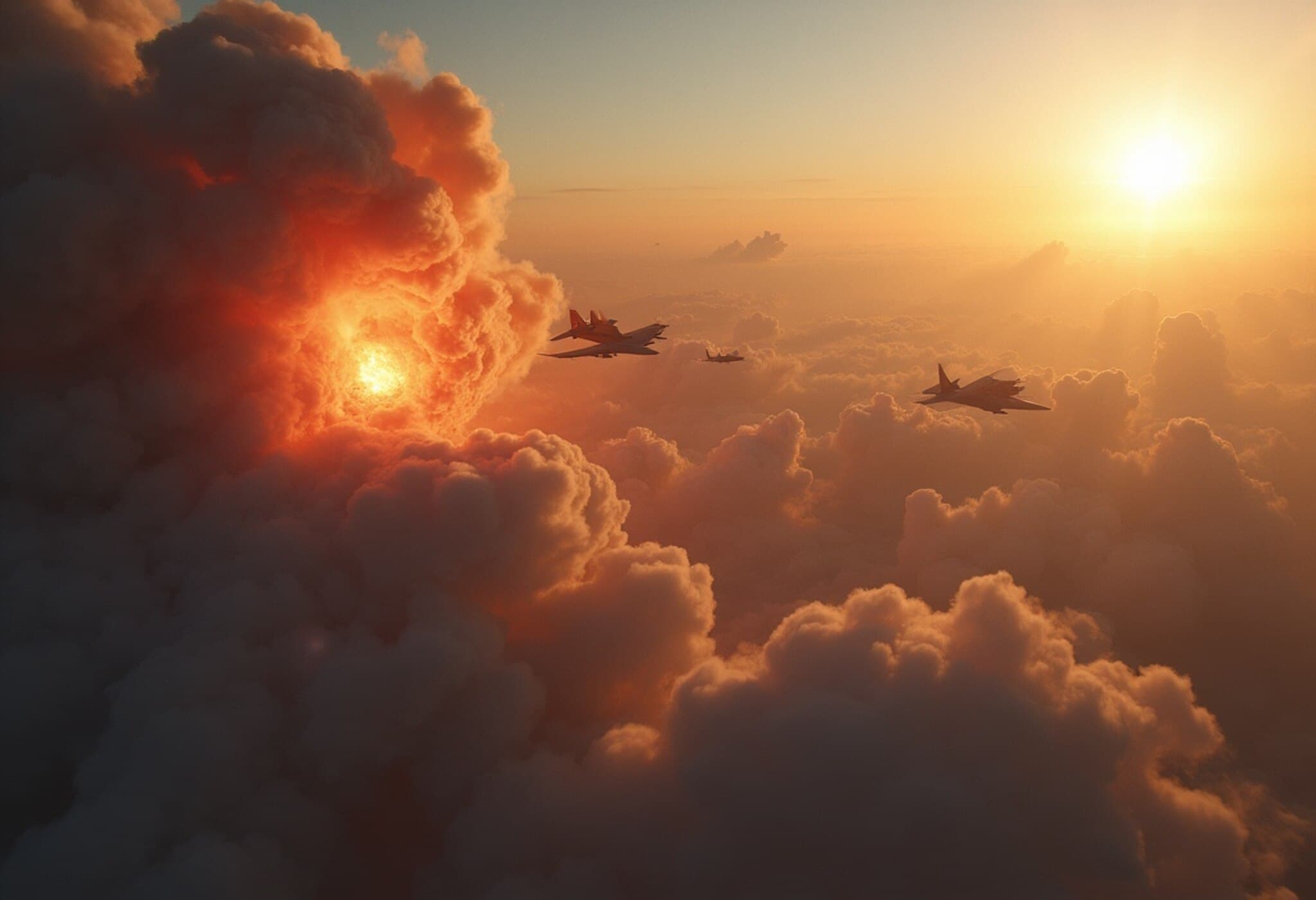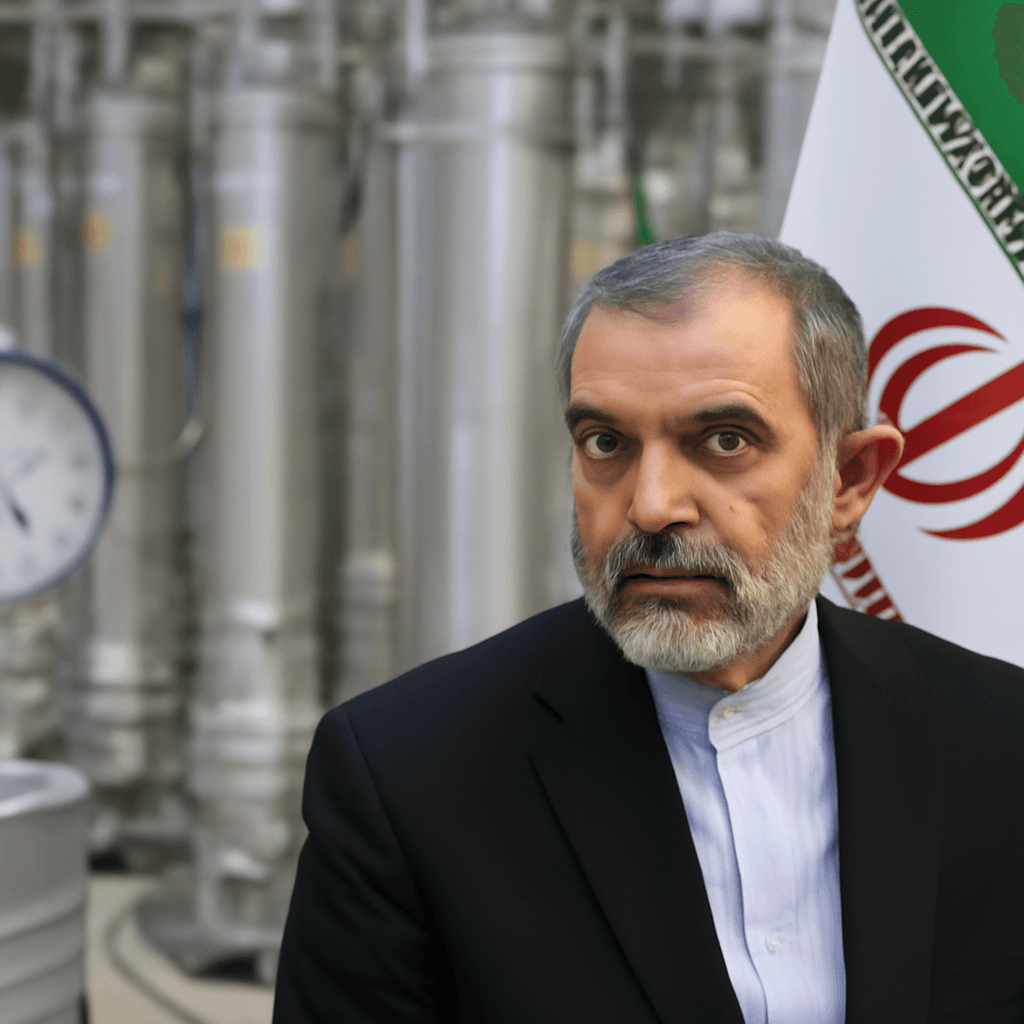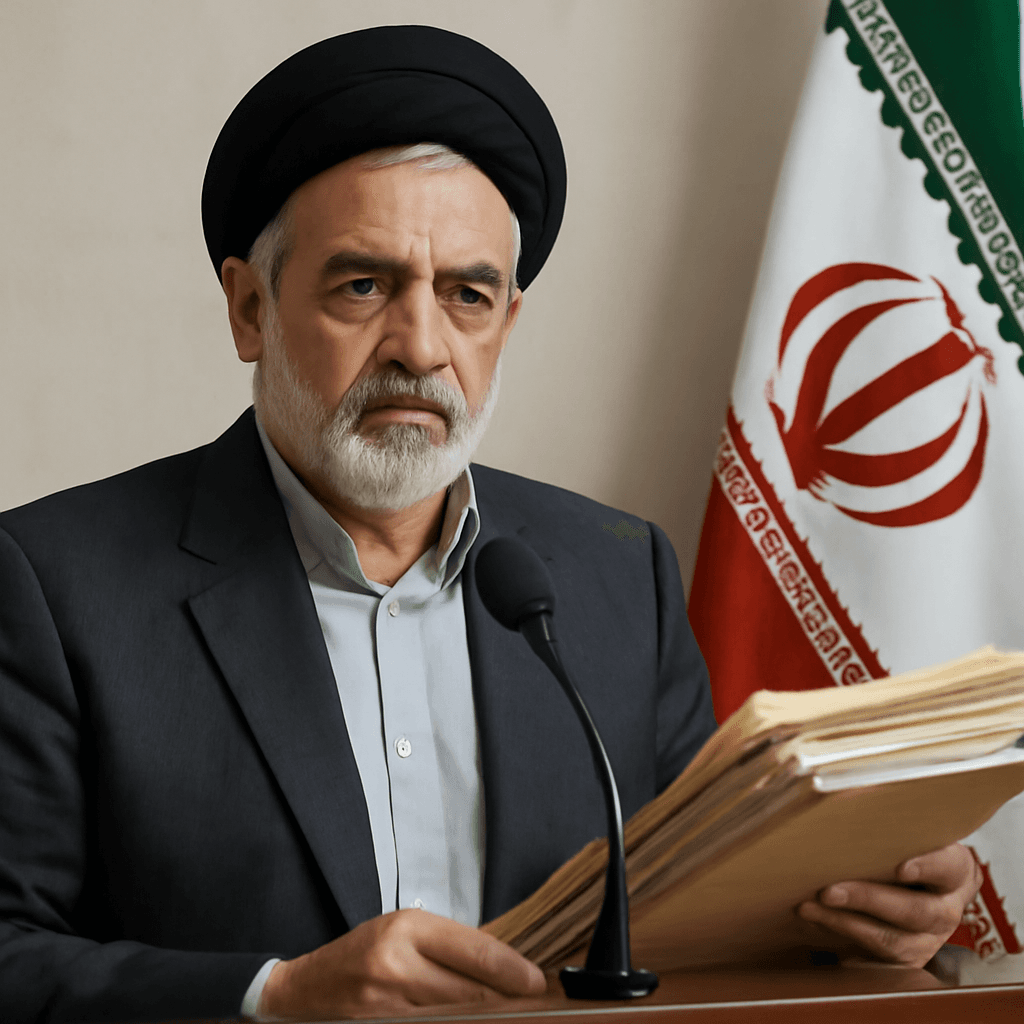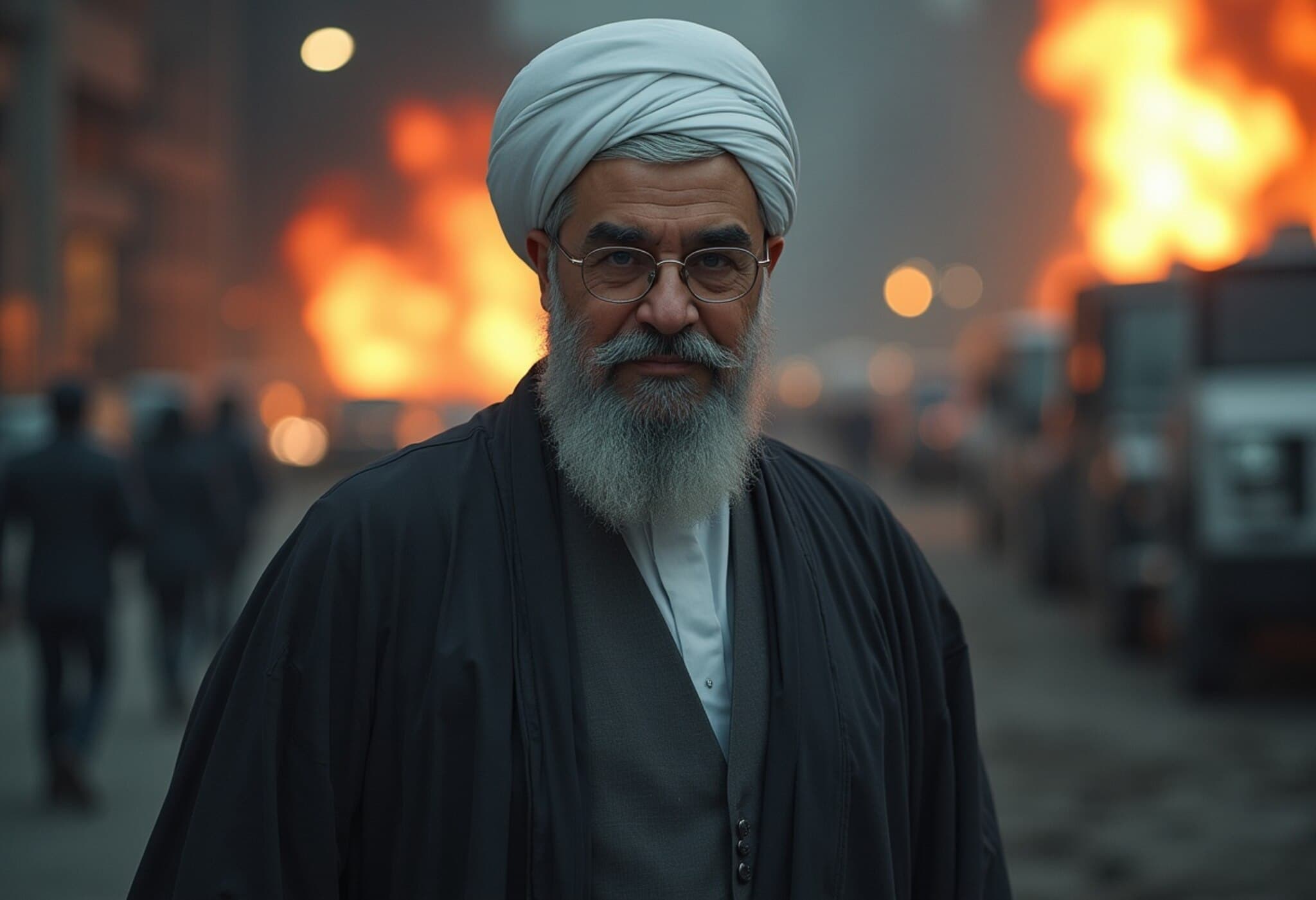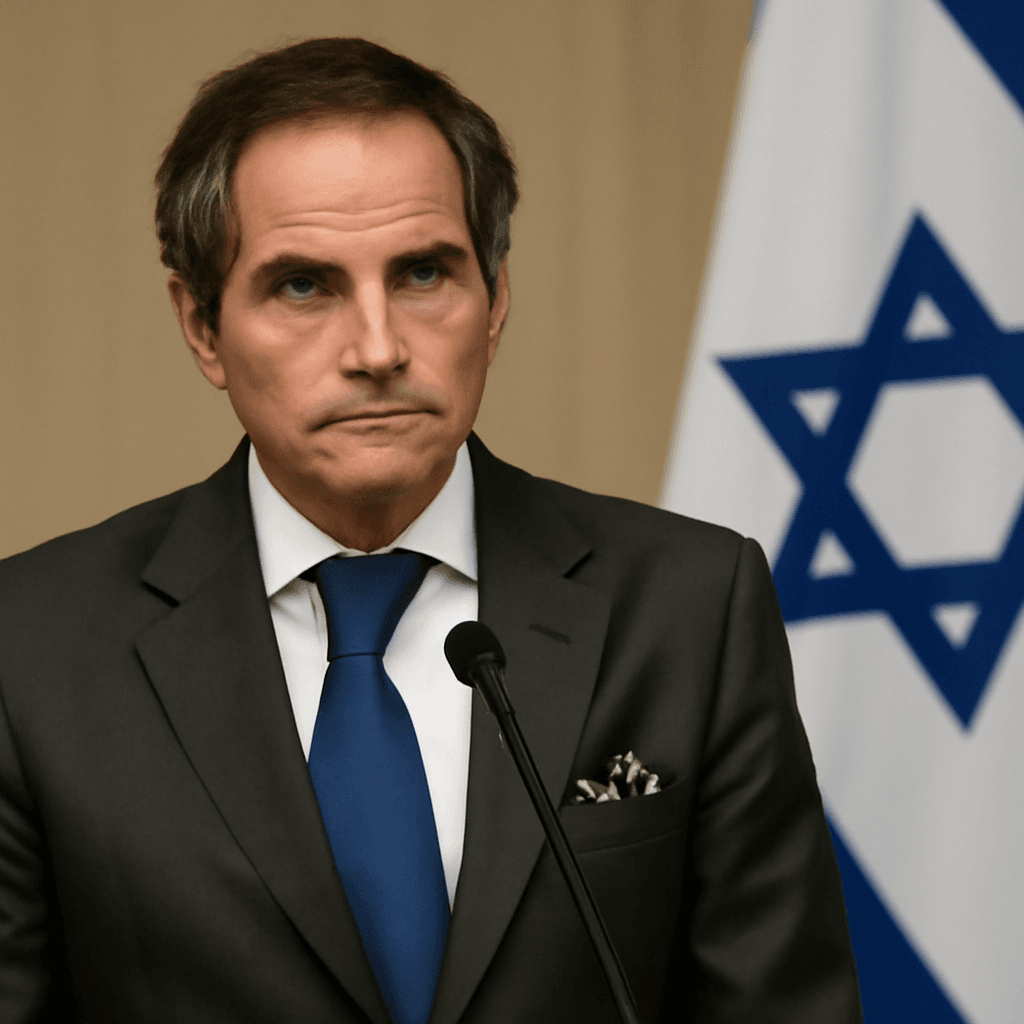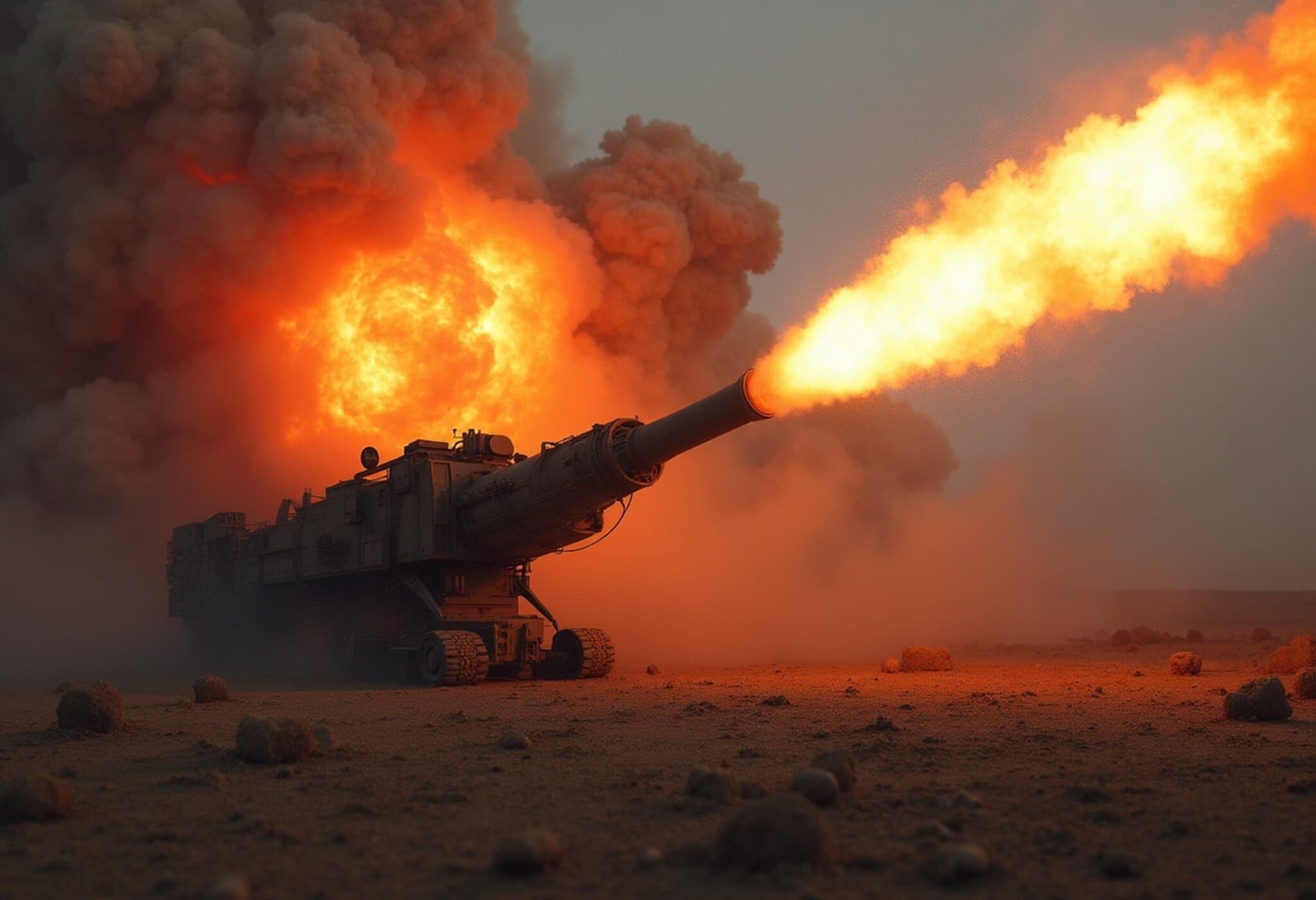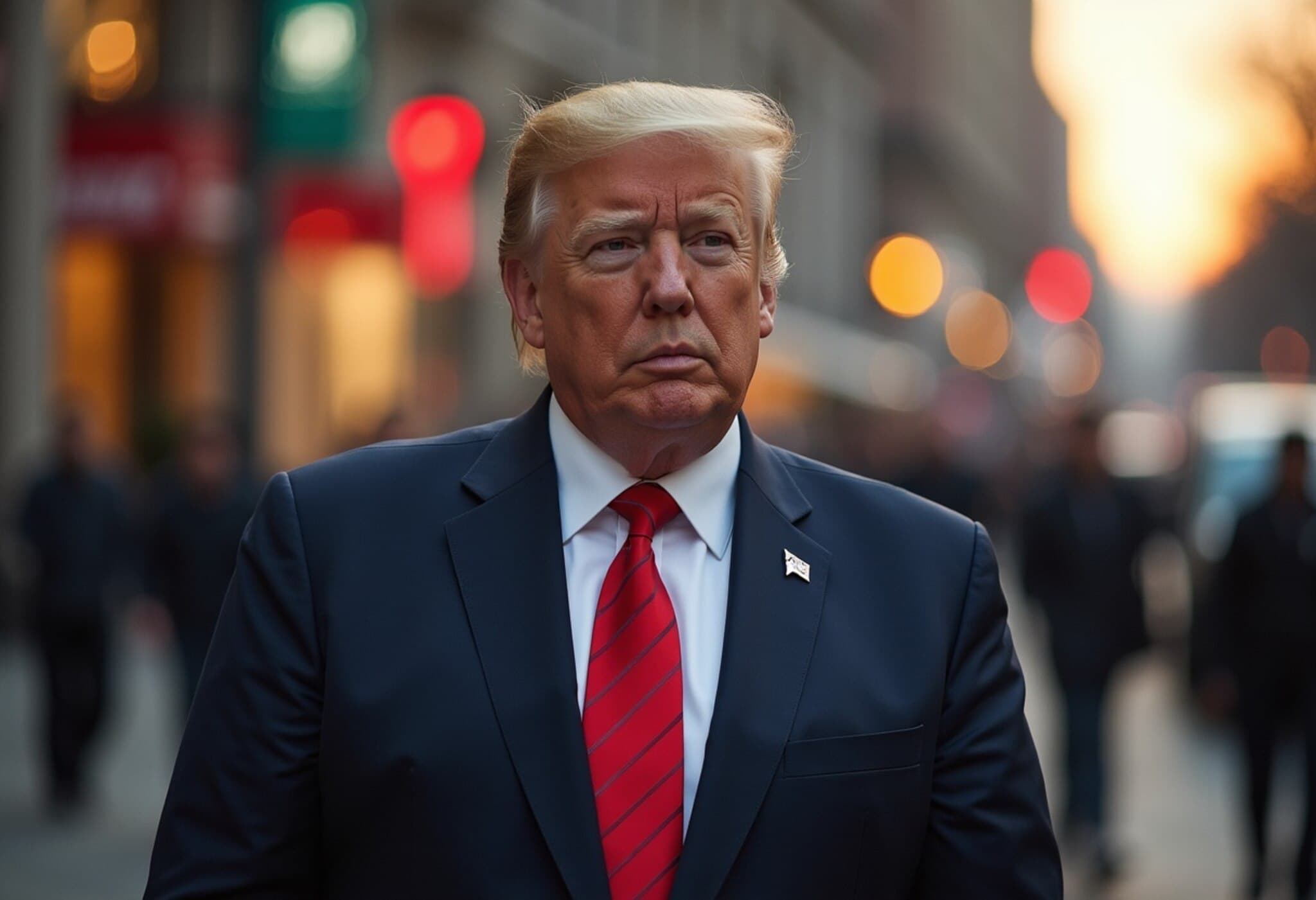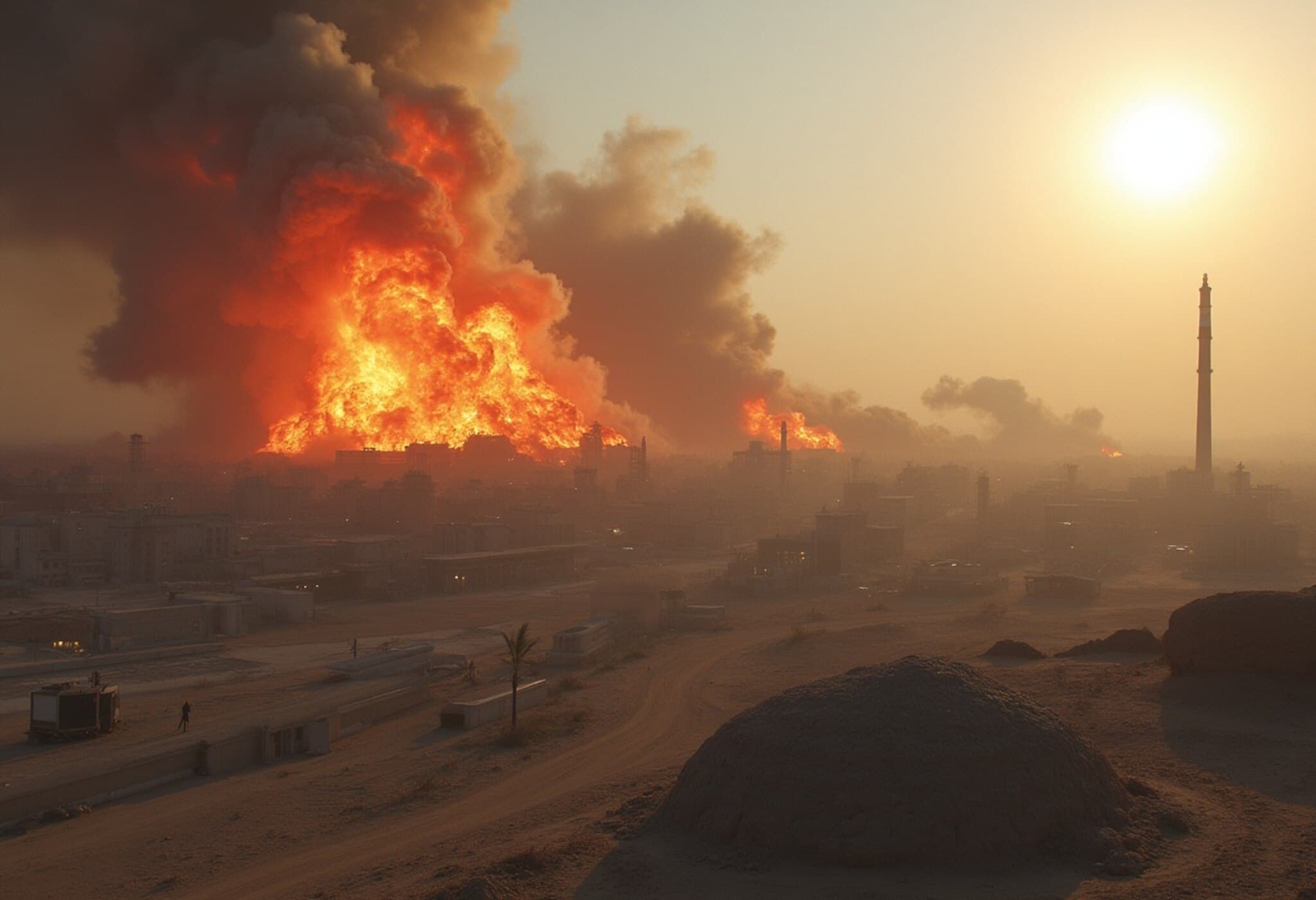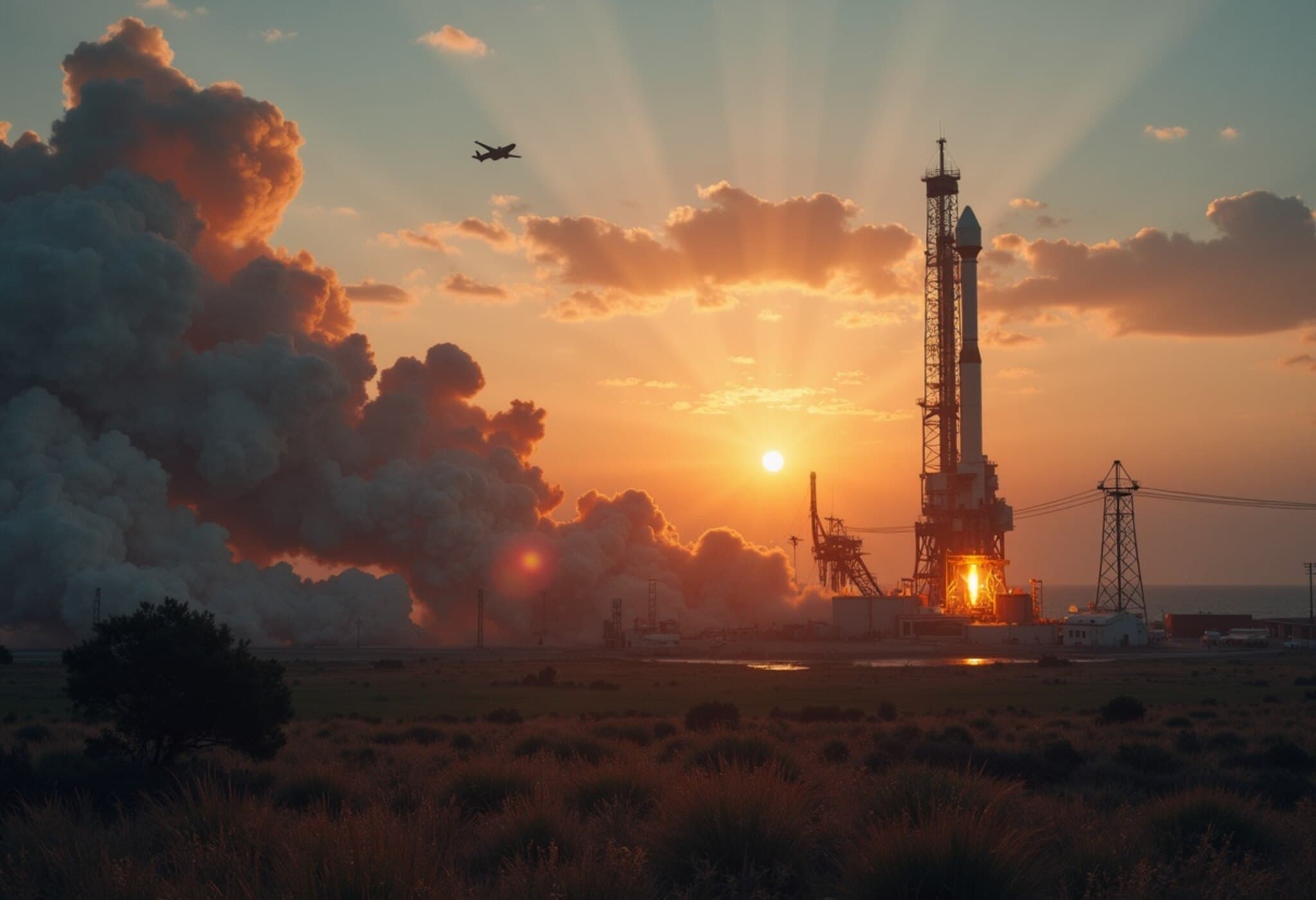US Attack on Iran's Nuclear Sites Sparks Global Nuclear Concerns
In a dramatic escalation of international tensions, the United States recently carried out a precision strike targeting Iran's nuclear infrastructure, notably key sites at Natanz, Isfahan, and the Fordow enrichment facility. The operation has aroused fears over the broader implications for regional stability and nuclear proliferation worldwide.
Insights from a Former IAEA Insider
Peter Rickwood, a former press officer for the International Atomic Energy Agency (IAEA) and founder of Atomic Reporters, provided a rare expert perspective on the unfolding situation. He emphasized that fully assessing the damage from the airstrikes will take considerable time, especially given the underground nature of the facilities involved.
Challenges in Damage Assessment
Rickwood highlighted that without on-site inspections of the subterranean vaults and centrifuge chambers, estimating the strike's actual impact remains speculative. Satellite images, while offering some visual insight, only reveal surface-level effects. He cautioned against assuming comprehensive destruction, noting the complexity of penetrating deep underground structures.
Uncertainty Over Nuclear Material Status
A key complication lies in Iran's recent declarations of having removed nuclear material from Fordow and other enrichment sites. The whereabouts and condition of this material remain unclear, especially as the current security situation hampers IAEA inspectors from verifying Iran’s nuclear activities.
This vacuum of oversight raises concerns about potential undisclosed enrichment activities, potentially involving weapons-grade material — a risk that further escalates global anxiety.
Potential Fallout on Nuclear Non-Proliferation Efforts
The strike threatens to destabilize existing nuclear treaties. Rickwood warned that Iran could follow North Korea’s precedent and withdraw from the Nuclear Non-Proliferation Treaty (NPT), eliminating critical international mechanisms for nuclear inspections and transparency.
Such a move would seriously undermine global efforts to monitor and contain nuclear weapons development, potentially triggering a domino effect across the region.
Looking Ahead: Heightened Risks and the Need for Vigilance
The broader consequences of the US airstrike extend well beyond immediate military objectives. Rickwood expressed deep concern about the world entering a precarious phase where diplomatic channels are frayed, and the risk of nuclear escalation intensifies.
- Diplomatic engagement and renewed international cooperation are urgently needed to avoid further deterioration.
- Watchdog organizations like the IAEA must be empowered and supported to maintain rigorous oversight despite operational challenges.
- Global actors should recommit to frameworks that promote transparency, dialogue, and disarmament.
In this critical period, vigilant monitoring and measured diplomacy may be the best safeguards against sliding into broader nuclear conflict.

